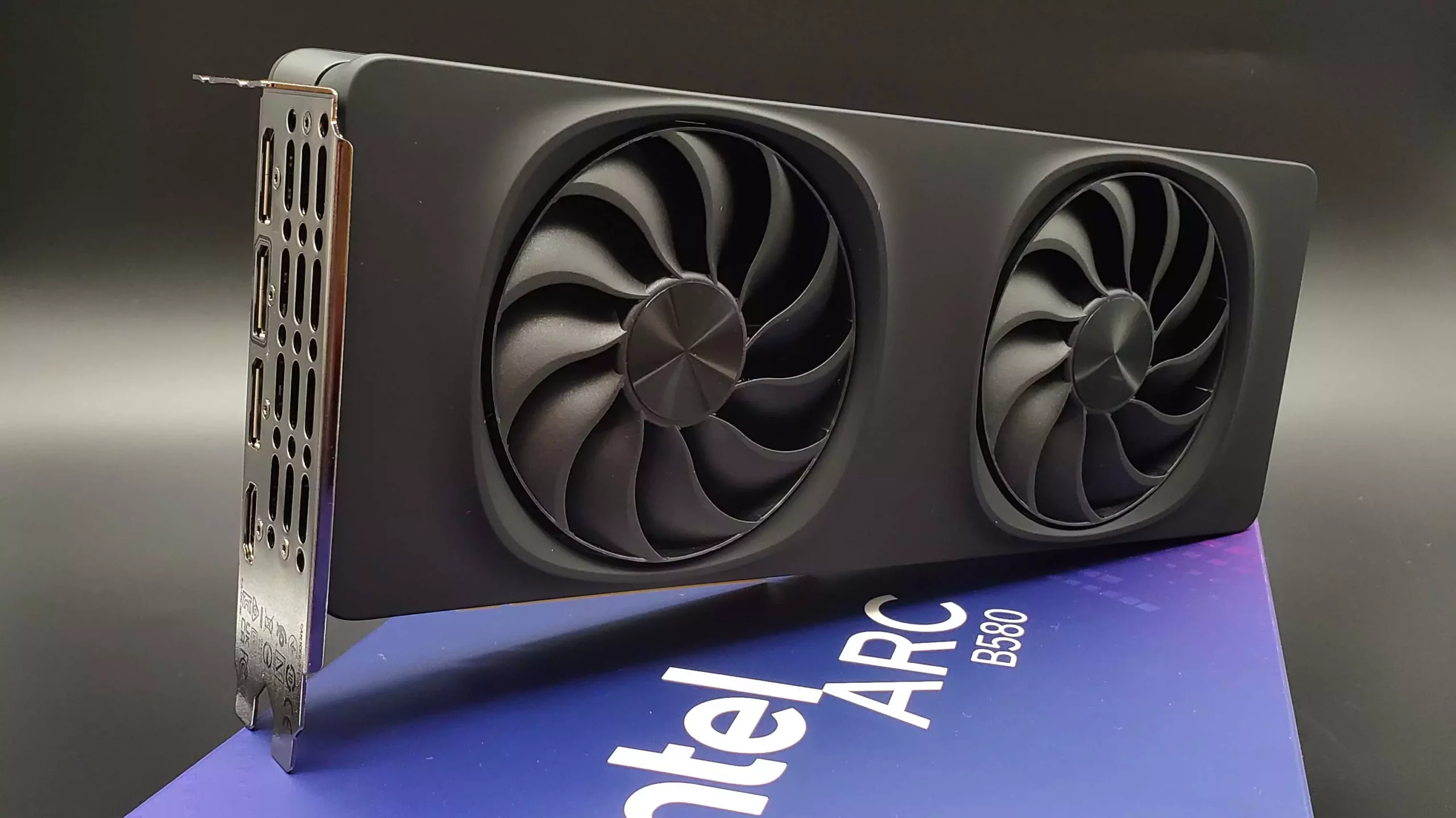As the tech world gears up for Computex, excitement brews among PC hardware enthusiasts. This annual event often serves as a crucial launchpad for groundbreaking advancements in technology. Among the myriad of products expected, the spotlight seems to be on entry-level graphics processing units (GPUs). The burgeoning anticipation surrounding Intel’s rumored Arc B770 graphics card embodies the hopes of countless gamers yearning for affordable yet powerful options. However, given Intel’s recent communication, it is essential to dissect the reality of these expectations.
Intel’s Teasing Approach: A Double-Edged Sword
The potential of the Arc B770 has been a topic of fervent discussion. In a post linked to Computex, Intel’s engagement with branding enthusiasts by encouraging them to “stay tuned” has sparked both excitement and frustration. When one eager fan imploringly declared, “I NEED B770, PLZ GIVE IT TO ME,” Intel’s cheeky response, “A solid pick, stay tuned!” hints at playful marketing. But therein lies the problem. This barrage of cheerful engagement creates an emotional rollercoaster—promising genuine initiatives while possibly deflecting expectations from the reality that the B770 may not be the centerpiece of their Computex announcement. The focus was intended on professional GPUs, but consumers remain decidedly invested.
With such playful banter, one questions the sincerity of Intel’s intent. Given that the company is aware of the overwhelming demand for mid-range solutions, it feels almost dismissive to drop hints without substantial commitments. By straddling the line between teasing and actually delivering, Intel risks alienating a potentially loyal consumer base eager for access to more affordable GPUs.
Speculations and Realities: The Arc B770’s Capabilities
Turning to the technical aspects, speculation surrounding the Arc B770 suggests it holds promise. The supposed BMG-G31 die is expected to be approximately 50% more potent than its predecessor, the BMG-G21, which powers the B580 and B570 models. Preceding discussions indicate that the B770 may come equipped with 32 Execution Units (EUs), compared to the B580’s 20. This enhancement could position it favorably against competitive offerings like the forthcoming Nvidia RTX 5060 Ti and AMD RX 9060 XT.
However, there remains an undercurrent of skepticism due to Intel’s previous performance in the GPU market. The initial launch of the Arc A770 left many gamers feeling underwhelmed, primarily due to subpar driver support that complicated the gaming experience. While updates have improved the stability of Intel’s drivers, the lingering effects of past disappointments contribute to a hesitance among consumers. Witnessing the contrast between specifications and experience is crucial, and history may caution users against forming overzealous expectations.
Market Dynamics and the Need for Competitive Pricing
The timing of potential launches, like those from AMD and Nvidia coinciding with Computex, could significantly impact market dynamics. This presents an opportunity for Intel to carve out its place amid fierce competition. The industry’s consolidation of offerings often leads to escalating prices, particularly in a volatile market where demand often outpaces supply. The prospect of entry-level cards with reasonable MRSP is tantalizing, yet the reality of inflated retail prices continues to loom large.
Sustainable competition is essential for catalyzing real change in the GPU marketplace. Ultimately, gamers seek well-priced graphics cards that fulfill performance expectations. However, without strategic pricing models and a focus on consumer satisfaction, the cycle of dissatisfaction may continue, no matter how technically sound the B770 might be.
The Ongoing Saga of the Graphics Card Market
As Computex approaches, the anticipation surrounding the Arc B770 reveals intricate layers of hope and skepticism. While the chance for innovative products remains high, it is clear that effective communication and transparency from companies like Intel will be crucial in winning back the trust of the gaming community. The unfolding drama reveals that the path to a revitalized entry-level GPU market is paved with consumer expectations, company transparency, and the promise of competition that drives innovation – traits fervently desired by eager gamers worldwide.


Leave a Reply